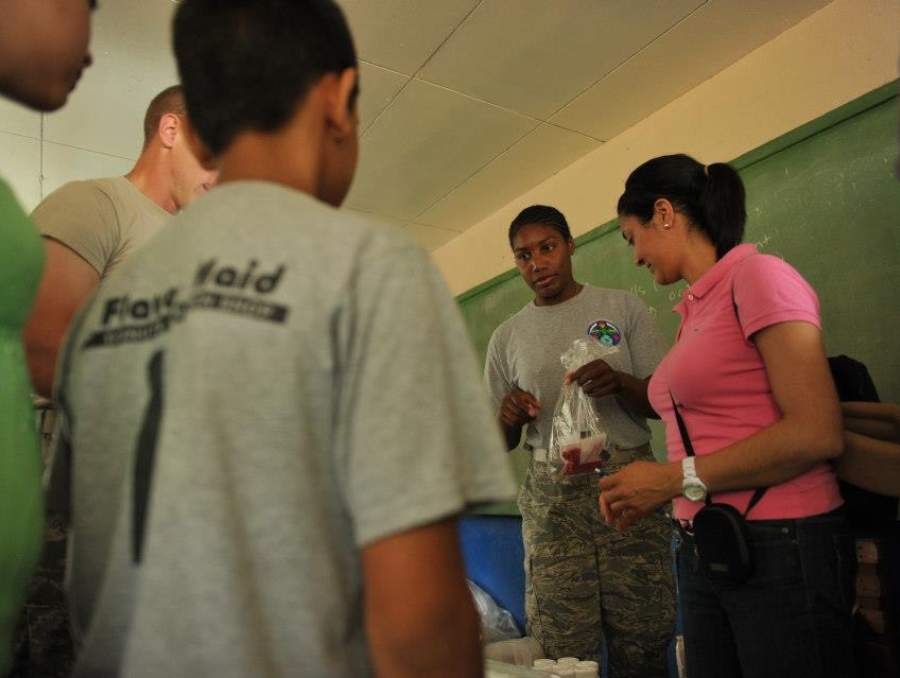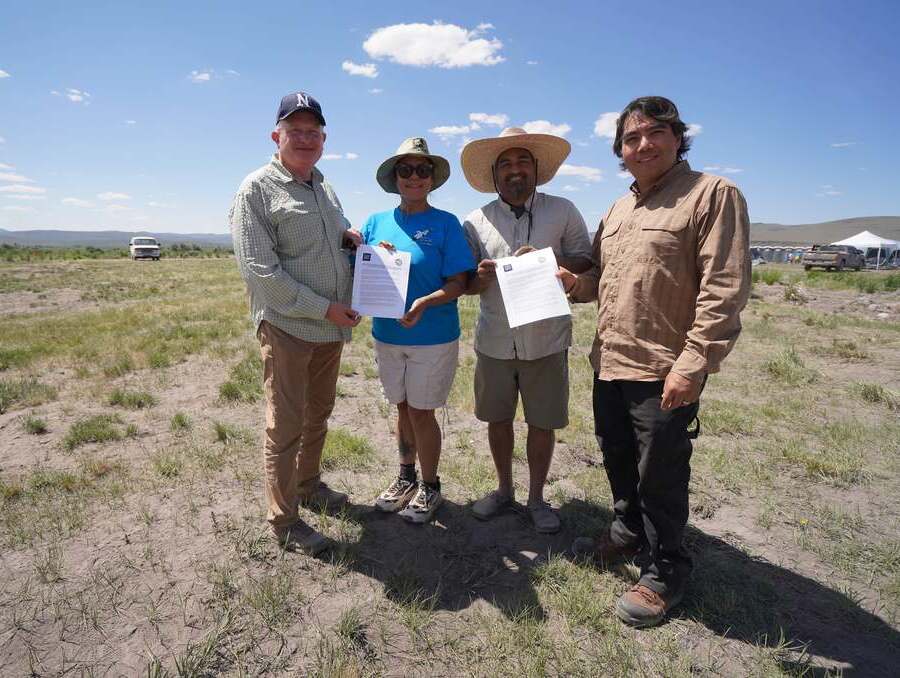The Computer Science and Engineering (CSE) Department has secured an award from National Science Foundations (NSF) Networking Technology and Systems (NeTS) program. The project, titled Mapping Internet Backbone as an Underlay for Improved Communications, is to be led by Dr. Mehmet H Gunes of the CSE Department.
NSF NeTS is a very selective program and funds about 15% of proposals annually. The award is $320K over a three-year period and will fund two graduate and two undergraduate students to map the Internet backbone so that end-to-end communications in various domains are improved.
As the largest man made complex network, Internet grows with no central authority. Thousands of small and medium size Autonomous Systems connect individuals, businesses, universities, and agencies while focusing on optimizing their own communication efficiency and economic objectives. Each network is built by operators with different technical expertise and range a from small local organization network to a large transcontinental backbone. This project aims to develop an Internet Topology Mapping System that will periodically capture the Internet backbone at fine granularity.
The researchers will integrate novel algorithms and current best practices in the Internet topology measurement domain to accurately map the Internet backbone, and try to attain a better understanding of its characteristics and dynamics so that data communications are improved. The project attempts to provide significant improvements at multiple levels of Internet topology measurements and transforms the resulting measurement data into useful information for modeling and extracting knowledge from the Internet topology. Cloud farms, overlay networks, content distribution networks, and multicast communications can utilize the resulting topology information as an underlay to optimize data delivery.
This project has three unique and innovative aspects:
- It is built upon novel ideas in approaching the challenges in large scale topology data handling to capture link-level Internet characteristics and dynamics
- It provides valuable longitudinal Internet topology measurements and a customizable graph indexing tool for large scale graph databases
- Integrates complex network theories to understand and improve the Internet backbone
Compared to the existing Internet topology measurement platforms, the system will do the following:
- Build Internet topology graphs with higher accuracy as the system integrates several mechanisms to efficiently handle large scale measurement data
- Work at higher level of granularity by providing backbone topology maps at link layer
- Periodically release annotated network topologies in addition to the raw measurement data so that the community can utilize them in their experiments and optimize network communications
- Help in understanding Internet topology dynamics and providing network enhancements
- Provide a graph indexing tool to process and analyze large-scale networks
Understanding the topological characteristics of the Internet is an important issue for various communities including the government, academia and industry. Network research community depends on such Internet mapping systems to understand characteristics of the Internet so that better protocols and services are developed. Government agencies are interested in Internet measurements to protect and improve the national cyber infrastructure. Additionally, new network paradigms such as cloud farms and content distribution networks require knowledge of the underlying networks. The mapping system will enable these communities to conduct topography analysis and study large-scale characteristics of the Internet. Finally, new applications and protocols rely on simulations for performance evaluation before being deployed on the Internet. The sample graphs would be valuable to obtain more accurate results.










